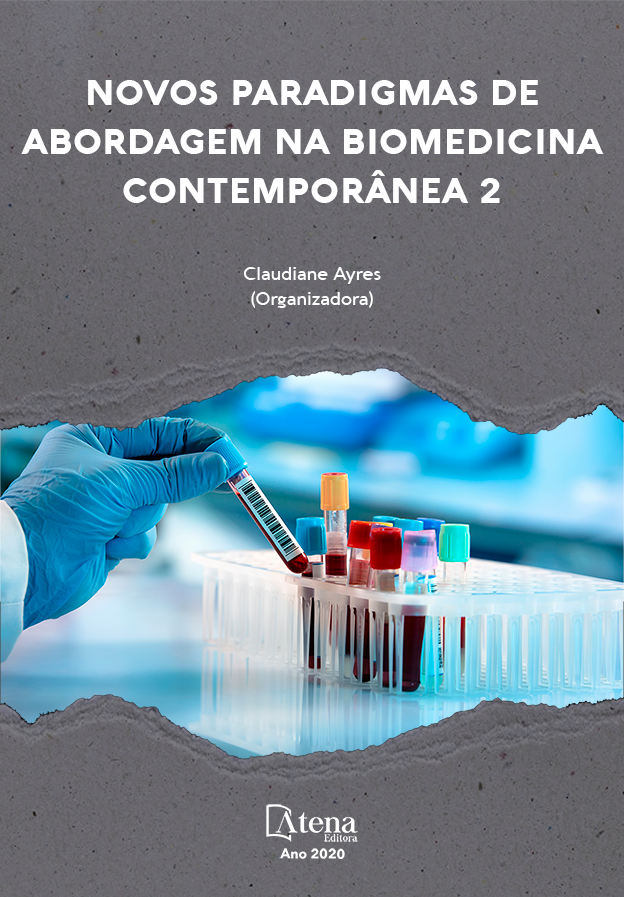
MICRORNA-122 COMO BIOMARCADOR PARA RESPOSTA TERAPÊUTICA E PROGRESSÃO DE DOENÇA HEPÁTICA EM PACIENTES COM HEPATITE C CRÔNICA
A hepatite C representa grave problema de saúde pública mundial. A taxa de cronificação é elevada, podendo evoluir para fibrose, cirrose e carcinoma hepatocelular. O papel dos microRNAs (miRs) como biomarcadores da hepatite C tem sido amplamente estudado como preditores de doença hepática avançada e de resposta à terapia, permitindo melhor direcionamento clínico-terapêutico. Objetivou-se investigar o papel do miR-122, o mais abundante no tecido hepático, como biomarcador na resposta a terapia tripla e progressão de doença, incluindo o desenvolvimento de câncer, em pacientes brasileiros com hepatite C crônica. Estão sendo estudados 100 pacientes com hepatite C crônica acompanhados em torno de 6 anos pela Hepatologia do Hospital da UFRJ e previamente tratados com terapia tripla. A severidade da fibrose hepática foi estratificada conforme Metavir (F0-F4). Os dados clínico-laboratoriais e demográficos foram coletados em prontuários médicos. Foi realizada extração dos miRs acrescentando o miR-39 de Caenorhabditis elegans como controle exógeno. Foi realizada transcrição reversa e PCR em tempo real com sondas específicas. Os valores de cycle threshold encontrados foram comparados entre o miR-39 e o miR-122. A fim de verificar a viabilidade dos soros congelados a -80ºC foi feito teste de detecção dos miRs em soro fresco, congelado há 1 mês e há 10 anos. Os pacientes foram estratificados de acordo com evolução de doença hepática e em respondedores/não-respondedores a terapia. Foi possível detectar miR-122 de amostras congeladas há 10 anos com a mesma eficiência quando comparado a amostras frescas, mostrando sua viabilidade. Comparando com o miR-39 exógeno, observa-se grande quantidade de miR-122 no soro dos pacientes. Até o momento não observamos associação significativa por análise estatística entre a expressão de miR-122 e as características clínicas e laboratoriais dos pacientes. A caracterização de biomarcadores como miRs permitirá melhor conduta terapêutica, com benefícios clínicos e econômicos.
MICRORNA-122 COMO BIOMARCADOR PARA RESPOSTA TERAPÊUTICA E PROGRESSÃO DE DOENÇA HEPÁTICA EM PACIENTES COM HEPATITE C CRÔNICA
-
DOI: 10.22533/at.ed.3652028105
-
Palavras-chave: microRNA-122; progressão; tratamento; cronicidade.
-
Keywords: microRNA-122; progression; treatment; chronicity.
-
Abstract:
Hepatitis C represents a serious public health problem worldwide. The rate of chronification is high, and may progress to fibrosis, cirrhosis, and hepatocellular carcinoma. The role of microRNAs (miRs) as biomarkers of hepatitis C has been widely studied as predictors of advanced liver disease and response to therapy, allowing better clinical and therapeutic targeting. The aim was to investigate the role of miR-122, the most abundant in liver tissue, as a biomarker in the response to triple therapy and disease progression, including the development of cancer, in Brazilian patients with chronic hepatitis C. 100 patients with chronic hepatitis C are being followed up for around 6 years by the Hepatology Department at the UFRJ Hospital and previously treated with triple therapy. The severity of hepatic fibrosis was stratified according to Metavir (F0-F4). Clinical, laboratory and demographic data were collected from medical records. MiRs were extracted by adding miR-39 of Caenorhabditis elegans as an exogenous control. Reverse transcription and real-time PCR were performed with specific probes. The cycle threshold values found were compared between miR-39 and miR-122. To check the viability of the sera frozen at -80ºC, a miR detection test was performed in fresh serum, frozen 1 month ago and 10 years ago. Patients were stratified according to the evolution of liver disease and in responders/non-responders to therapy. It was possible to detect miR-122 from samples frozen 10 years ago with the same efficiency when compared to fresh samples, showing its viability. Compared with exogenous miR-39, a large amount of miR-122 is observed in the patients' serum. To date, we have not observed a significant association by statistical analysis between the expression of miR-122 and the clinical and laboratory characteristics of the patients. The characterization of biomarkers as miRs will allow better therapeutic conduct, with clinical and economic benefits.
-
Número de páginas: 15
- Gabriela dos Santos Rodrigues
- Bianca Catarina Azeredo Cabral
- Cristiane Alves Villela-Nogueira
- Rosane Silva
- Luísa Hoffmann


